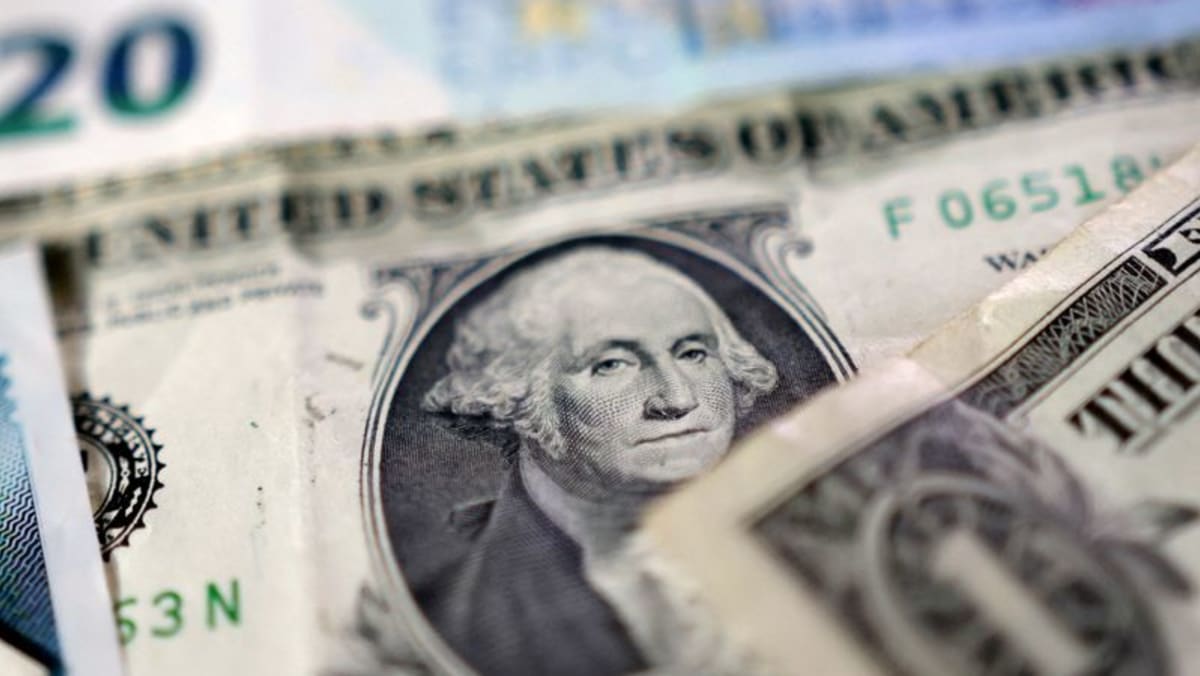In a notable shift for the US economy, June 2025 witnessed inflation soar to 2.7%, marking the highest rate since February. This surge can be largely attributed to President Trump's sweeping tariffs that have led to increased costs across a range of consumer goods, including clothing, furniture, and large appliances. American households are feeling the squeeze, with the rising prices of essentials pushing budgets to the brink and intensifying concerns about affordability in everyday life.
Amid these
Did You Know
The Eiffel Tower can be 15 cm taller during the summer due to thermal expansion.
?
AD
escalating financial pressures, President Trump has urged the Federal Reserve to consider lowering interest rates to alleviate the mounting economic strain on consumers. His appeals come as rising costs disrupt spending power and threaten broader economic stability. The impact on the market has been palpable, as the dollar gained strength against the yen, but faced fluctuations against the euro while consumer stocks showed mixed reactions amidst growing inflationary concerns. Investors are now left reevaluating their strategies in light of these changing dynamics.
Moreover, the effects of inflation are not confined to the shores of the United States. The UK is grappling with its own inflation challenges, where consumer price indexes climbed to 3.6%, driven by rising food prices. This dual inflation crisis highlights a worrying trend that could stifle economic growth on both sides of the Atlantic, as consumers adapt to tightening budgets and policymakers navigate the complex interplay of tariffs and interest rates. As families brace for continued fluctuations in costs, the road ahead remains uncertain.
Q&A (Auto-generated by AI)
What factors influence inflation rates?
Inflation rates are influenced by several factors, including demand-pull inflation, where demand for goods exceeds supply, leading to price increases. Cost-push inflation occurs when production costs rise, often due to higher wages or raw materials, prompting businesses to increase prices. Monetary policy, such as interest rate adjustments by the Federal Reserve, also plays a crucial role. For instance, lower interest rates can stimulate borrowing and spending, driving inflation up. Additionally, external factors like global supply chain disruptions and tariffs can significantly impact inflation, as seen with recent tariffs affecting prices across various sectors.
How do tariffs impact consumer prices?
Tariffs, which are taxes on imported goods, raise the cost of those goods for consumers. When tariffs are imposed, importers often pass these costs onto consumers, leading to higher prices. For example, recent tariffs under the Trump administration have increased prices on goods like furniture and clothing. This has contributed to a noticeable rise in inflation rates, as seen in recent consumer price index reports. The overall effect can lead to increased living costs, prompting concerns about affordability and economic strain on households.
What role does the Fed play in inflation?
The Federal Reserve (Fed) plays a critical role in managing inflation through monetary policy. It sets interest rates to influence economic activity; lower rates can stimulate spending and investment, potentially increasing inflation, while higher rates can slow down the economy and reduce inflationary pressures. The Fed closely monitors inflation indicators, such as the Consumer Price Index (CPI), to make informed decisions. For example, recent inflation data showing a rise due to tariffs has led to discussions about the timing of interest rate cuts, highlighting the Fed's balancing act in fostering economic growth while controlling inflation.
How does inflation affect purchasing power?
Inflation erodes purchasing power, meaning consumers can buy less with the same amount of money over time. As prices rise, the value of currency decreases, leading to higher costs for everyday goods and services. For instance, if inflation is at 2.7%, a dollar today would buy what $0.97 could a year ago. This decline in purchasing power can strain household budgets, particularly for essentials like food and gas. As seen in recent reports, rising inflation has prompted consumers to seek discounts and adjust spending habits to cope with increased costs.
What are historical inflation trends in the US?
Historical inflation trends in the U.S. have varied significantly over the decades. The 1970s experienced high inflation rates, often exceeding 10%, driven by oil crises and economic instability. In contrast, the 1990s saw relatively low inflation, averaging around 2-3%, during a period of economic expansion. Recently, inflation rates have surged again, with current reports indicating a rise to 2.7% in June 2025, influenced by tariffs and supply chain issues. Understanding these trends helps contextualize current economic conditions and policy responses.














